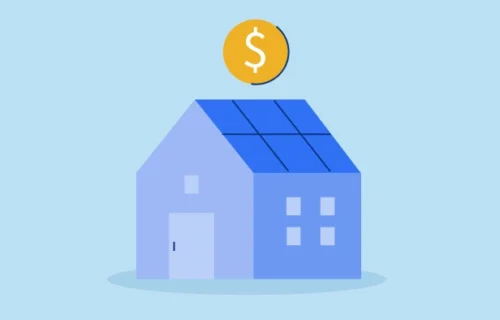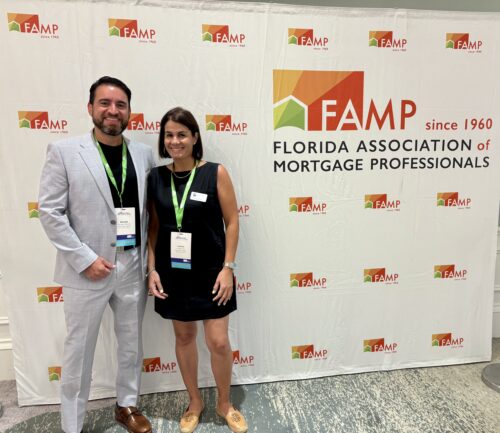
Connect with a Lima One expert today!
If you’d like to know more about this topic or see how it applies to your project, let’s talk.
Investing Post-COVID
What you need to know about investing in residential real estate post-COVID
The COVID-19 pandemic impacted our economy in drastic ways. As we all work through the re-opening phases, understandably things may look slightly different than they did pre-COVID. The real estate investment market is no exception. At Lima One Capital, we’re working through these changes alongside our customers and business partners as we all learn to adapt and thrive in the post-COVID environment.
In this post, we provide an overview of investors should expect to see, based on what we’ve observed and heard from customers as of June 2020. Of course, many of these things are regularly changing, and so we encourage you to research details and contact us for the latest information.
Tighter Loan Programs
The new normal for real estate investors (at least in the short term), is an overall tightening to most loan programs, with generally higher rates and lower leverage. Investors should expect to have more skin in the game than in years past, whether they plan to flip or hold. While mortgage rates for owner-occupant loans remain incredibly low, rates for investment properties are higher due to many new uncertainties that are still being flushed out. Such items include unemployment benefit uncertainty for many tenants, government intervention on evictions and rent payments, and resale values down the road. These uncertainties give lenders and the capital markets pause, resulting in an overall tightening of many loan programs until the fog lifts and we regain clarity to what the future holds.
Strong Home Values, Tight Inventory
In most markets, home values have held strong thus far through the vast unemployment and furloughs created by the pandemic. Part of the reason is that supply remains far lower than demand, keeping prices stable. Inventory is extremely tight, and an imbalance of supply and demand remains as many homeowners choose to delay listing homes, while home buyers are eagerly looking to take advantage of historically low interest rates. When it comes to investment properties, the supply of good investable properties remains tight as well, with many states shuttering courthouse auctions and wholesalers not finding the opportunities they once had.
Questions about Rent
A lot of unknowns remain about how the massive job losses during the pandemic will impact rent and occupancy rates over the long term. Many tenants have missed payments, with regulations assuring them that they can avoid evictions for a short time. As these regulations expire and government intervention subsides, it’s likely we’ll see significant spikes in evictions and buying opportunities with potential foreclosure increases.
Changes in Renter Preferences
Home builder confidence bottomed out in April but has rebounded dramatically in May and June, resulting in new permits and housing starts rebounding quickly as well. As working from home becomes part of the new normal for many people, a renewed demand for more spacious single-family housing in the suburbs is emerging, both for rent and purchase. There will always be a need for urban core housing, but this trend of working from home for many job functions seems like it could be here to stay. We’ve heard from many property managers and builders that they are overrun with demand for larger single-family housing, from clients moving out of apartments and condos.
Additional Transaction Time
The number of real estate transactions slowed significantly during the pandemic, as health concerns and office closures made appraisals, inspections, and deed recording impossible. With offices re-opening, those gears are moving again, but pent-up demand is causing delays in many markets. Negotiating extra time in a contract is wise at the moment, to ensure you factor in these possible delays.
Volatility with Short-Term Rentals
While long-term single-family rentals occupancy rates remain stable, investors who own short-term rentals (think AirBNB or VRBO) saw their occupancies crater during the pandemic. Expect those occupancy rates to remain volatile in many markets as trends in tourism and travel continue to level set. This volatility could cause some motivated exits, creating opportunities for investors who can weather the storm.
Conclusion
All these changes combine to highlight the fact that real estate investing has changed for the moment. But the one thing that remains evident is that good investors don’t stop just because the rules of the game changed. They learn the new rules, shift their strategy to adapt, and play the new game! We continue to have daily conversations with great investors across the country, to help them understand the new loan program options and learn how they intend to change their strategy as a result. Opportunities abound for those willing to adapt and grind in the new normal!
Subscribe for More Insights
Get the latest industry news & Lima One updates.









